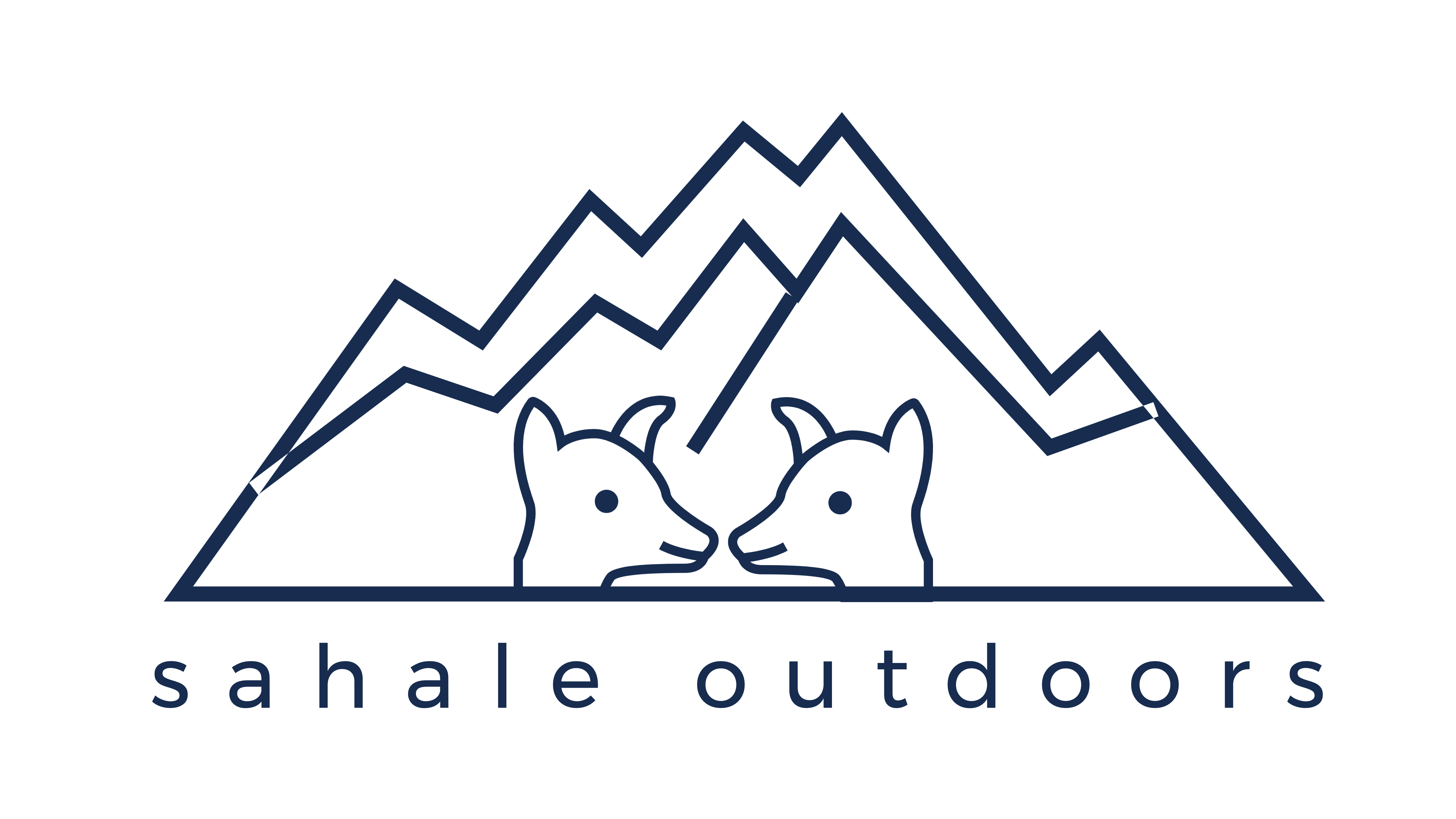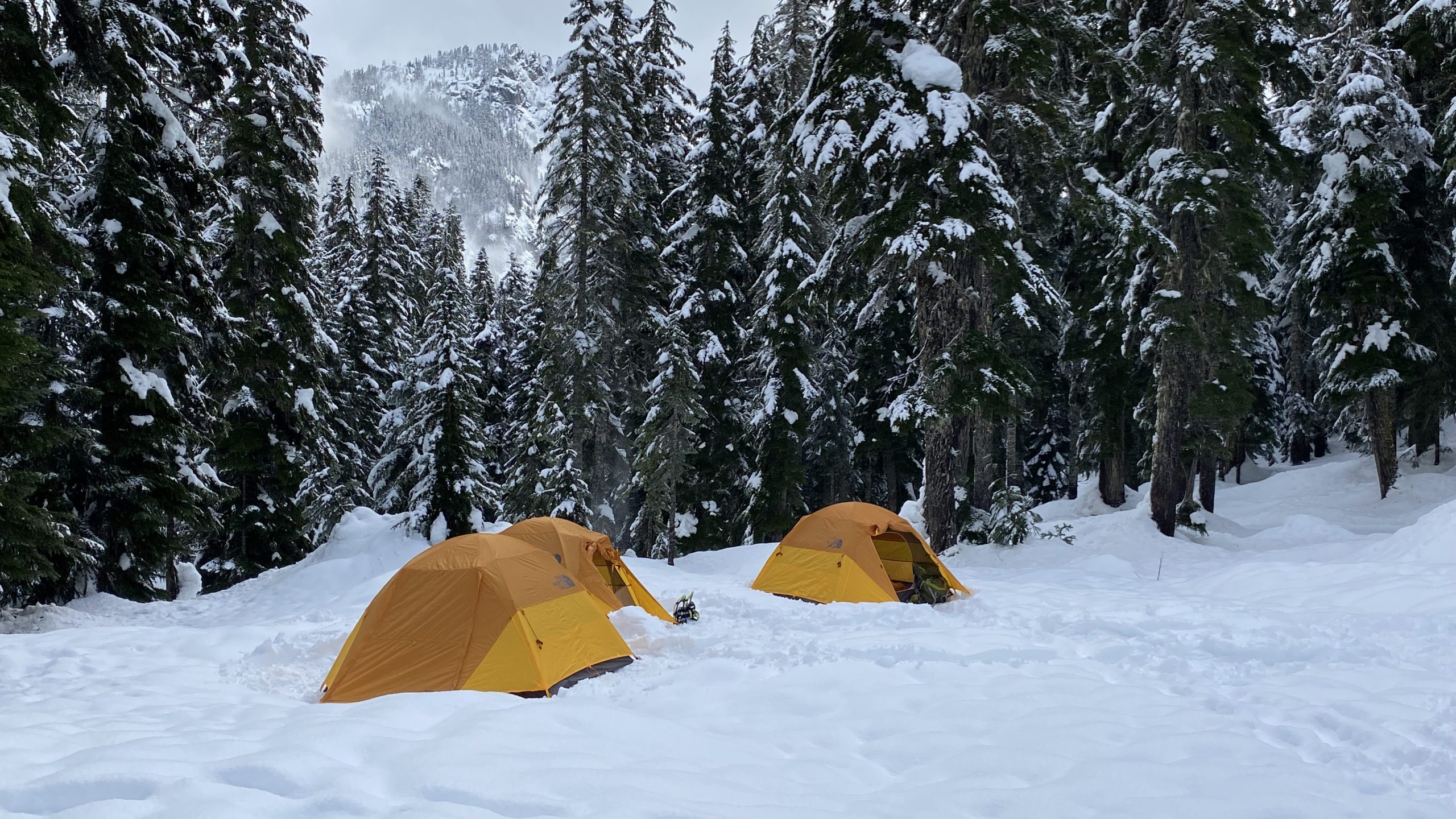
Snow Camping
Snow Camping
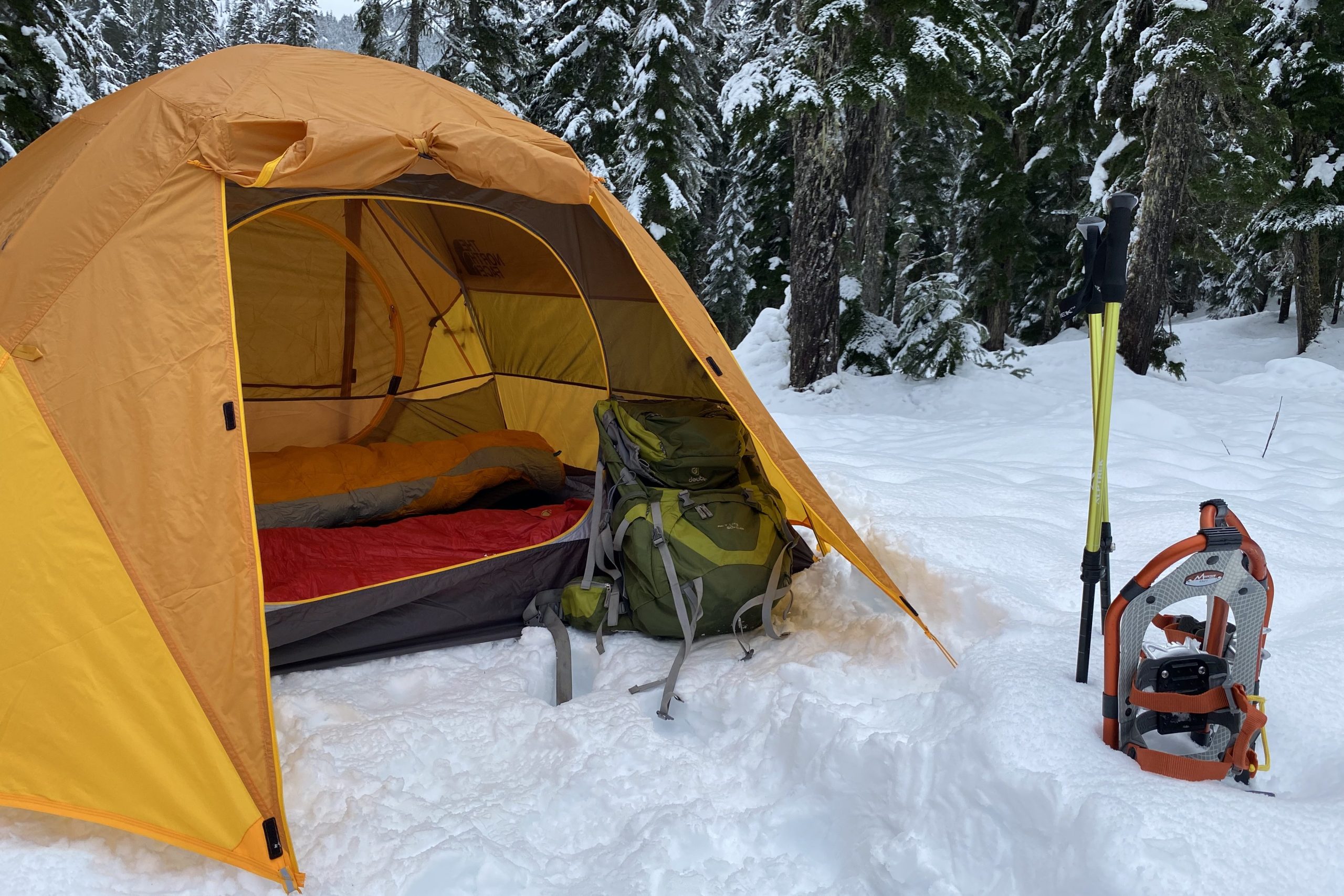
Snow camping is a great a way to experience the joys of the outdoors year round! Learn how to avoid common winter adventure mistakes to stay warm, dry, and confident in the backcountry no matter what the season. Whether it’s cupping your hands around a hot cup of hot chocolate or snuggling into your warm sleeping bag in the crisp, snowy mountain night, you’ll have unforgettable experiences that will build your outdoor skills and prepare you for more winter adventures. These trips take place at Mt. Rainier National Park, with breathtaking winter views of Mt. Tacoma (Rainier) and surrounding peaks.
Besides teaching the basic skills of camping in snowy conditions, this clinic includes avalanche awareness and snow shelter building focuses, as time and snow conditions allow. Bring your friends or make new ones on this adventure and learn how to manage risk, have fun, and stay comfortable even in the extreme conditions of high elevation winter forests.
Available Trips
Highlights
Snow – Forests – Camping
Difficulty Level
Easy-Intermediate: Little elevation gain and loss, snowshoeing
2024 Schedule:
February 3-4
Price: $300 per person
Includes gear rental, food from lunch on the first day to breakfast on the second day, and all entrance fees, permits, and passes.
Our mission is to make outdoor recreation accessible to all. If you cannot afford the total trip cost right now, send us a brief message to request a discount form.
Photo Gallery
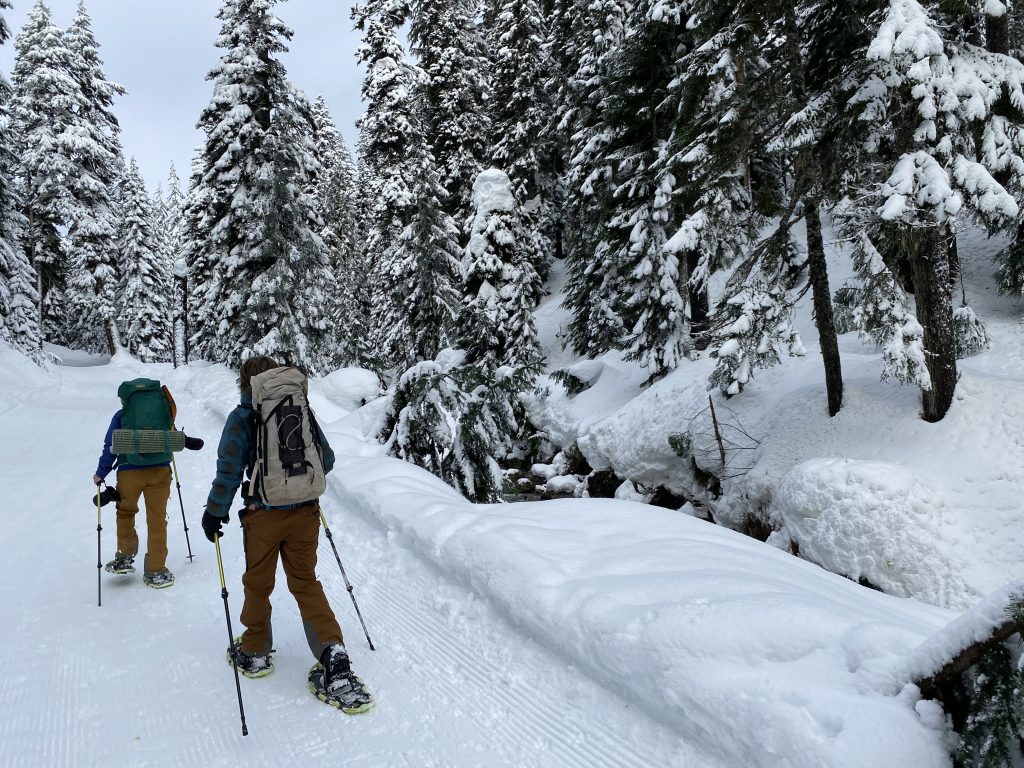
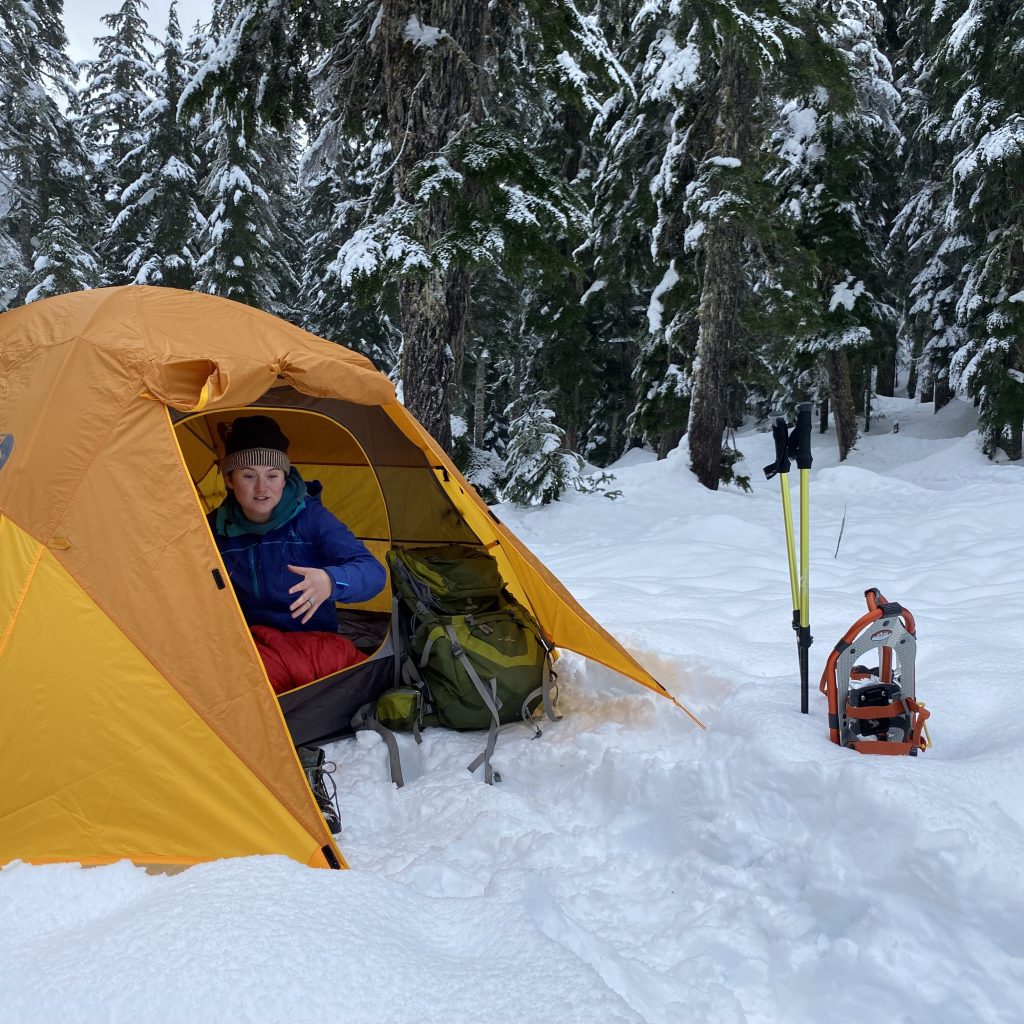
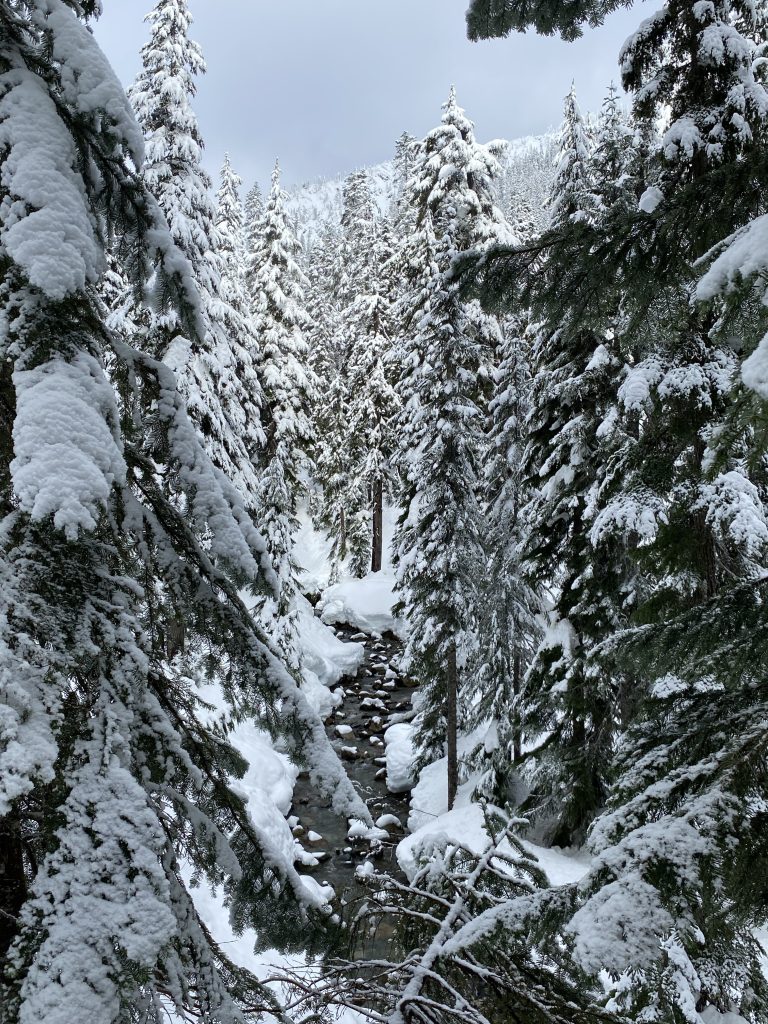
Trip Details
Itinerary
- Day 1: Meet and transport to Paradise area. Hike in and set up camp. Build kitchen area and bathroom area.
- If time allows, avalanche awareness clinic, snow shelter building depending on conditions.
- Day 2: Breakfast, hike out, and return to meet location
Learning Goals
- Winter camping skills including layering, gear selection, snow tent set-up, camp set-up, and cooking in the snow.
- Gear management to stay warm and dry.
- Plants and animals in winter
- Avalanche awareness
- Snow shelter building
- Cultural history
Logistics
- Meet Location: HWY 512 Park and Ride
- Meet Time: 8 AM
- Drop-off Location: HWY 512 Park and Ride
- Drop-off Time: Approximately 2 PM
Gear Provided
- Tents
- Backcountry sleeping pads (if requested)
- Sleeping bags (if requested)
- All meals from lunch the first day through breakfast on the second day
- All entrance fees, permits and passes
- First-aid kit and satellite phone
- Group kitchen and food service gear
Paperwork
Indigenous Land
Nisqually
“It [Lushootseed] is from the beginning strength of the people, and it is from what the Creator put down upon this land for people…. The earth speaks. The animals speak. Everything has a voice.”
Vi Hilbert, Grandmother Video Project
The traditional homeland of the Nisqually people includes about two million acres of the Nisqually River drainage from Mt. Rainier to Olympia. They have inhabited this land for thousands of years, since, according to their history, their ancestors, the Squalli-absch, came north across the Cascades from the Great Basin. Nisqually life, territory, and culture have been heavily impacted by the European invasion of the Puget Sound area, and they have fought hard to maintain their identity and dignity in the face of displacement, violence, and suppression. Multiple names around the Puget Sound area honor Leschi, a war chief of the Nisqually Tribe during the mid 19th century, who, along with his brother Quiemuth, led the fight for his people’s right to remain on their ancestral homeland.
The Nisqually way of life revolves around salmon, and today, they lead the stewardship of fisheries resources in the Nisqually River area. The tribe operates two fish hatcheries on Clear Creek and Kalama Creek. The tribe’s resilience, dedication, and commitment can be seen in their continued efforts to come alongside, guide, and lead these efforts to care for the land.
Nisqually is a Southern Coast Salish language, and is a dialect of Lushootseed. Stories, songs, and other Nisqually language resources can be found on the tribe’s website, www.nisqually-nsn.gov.
